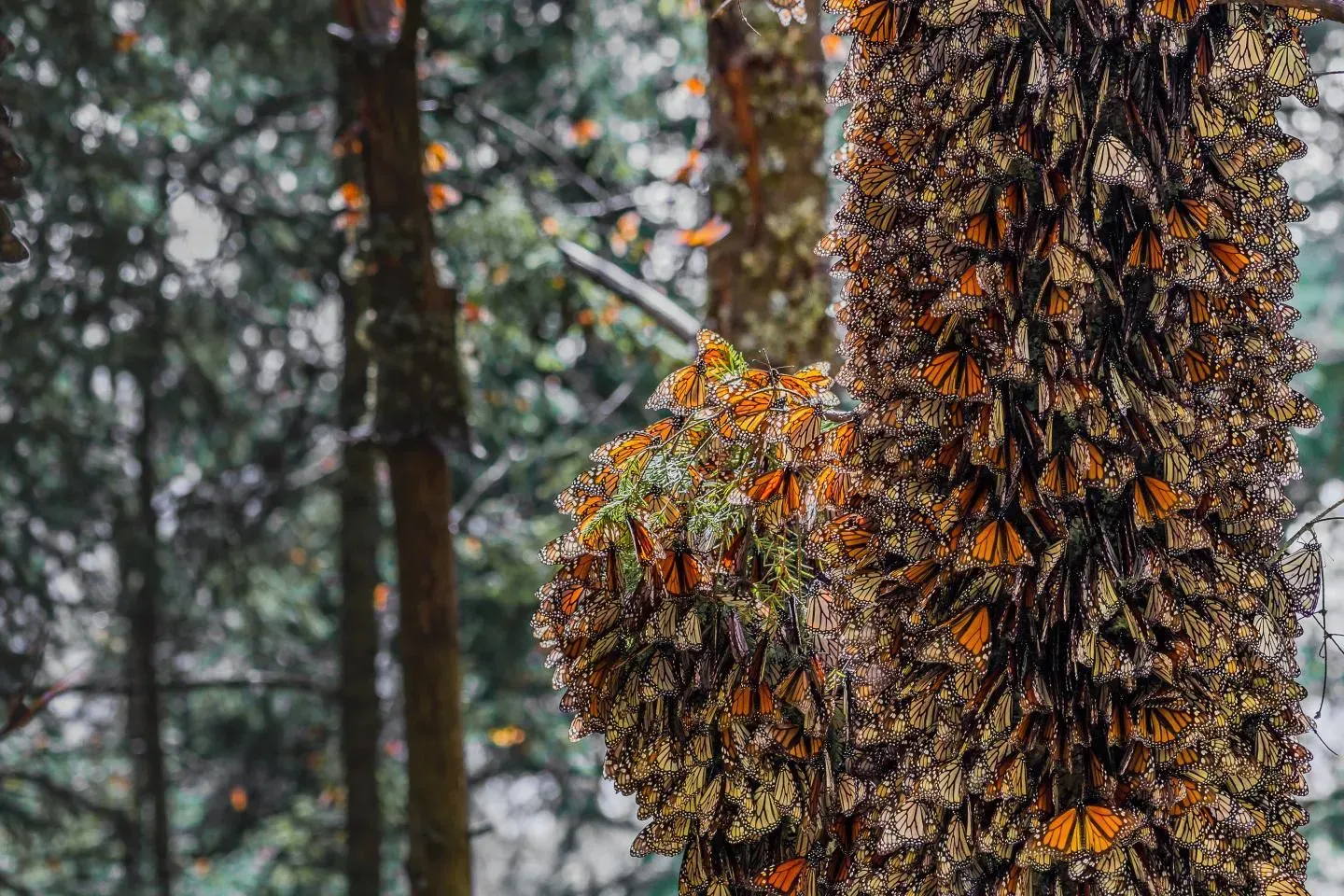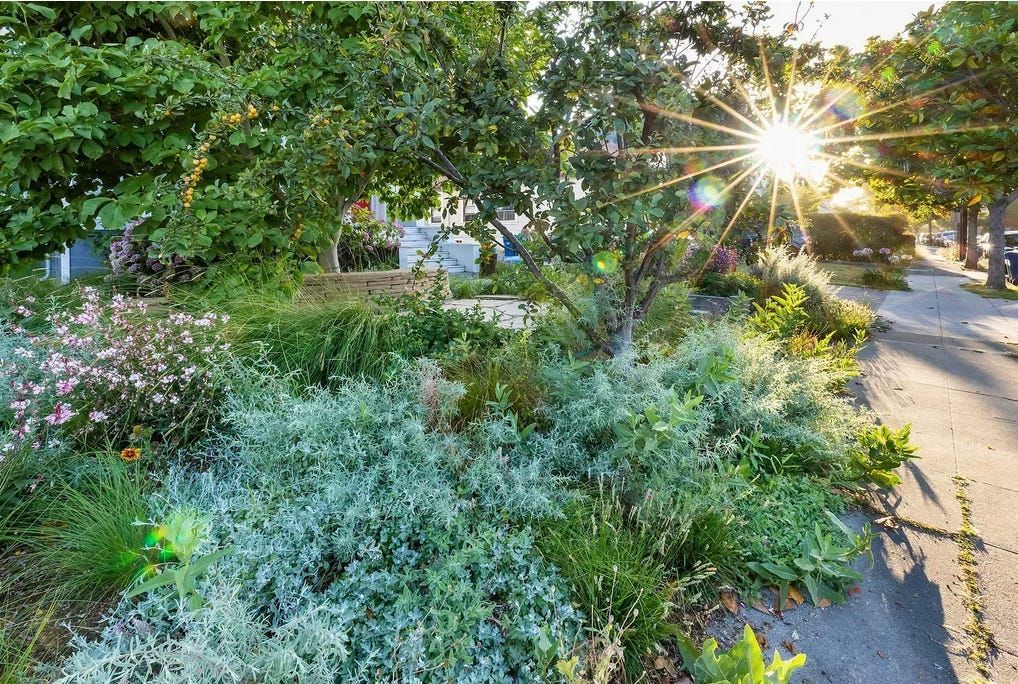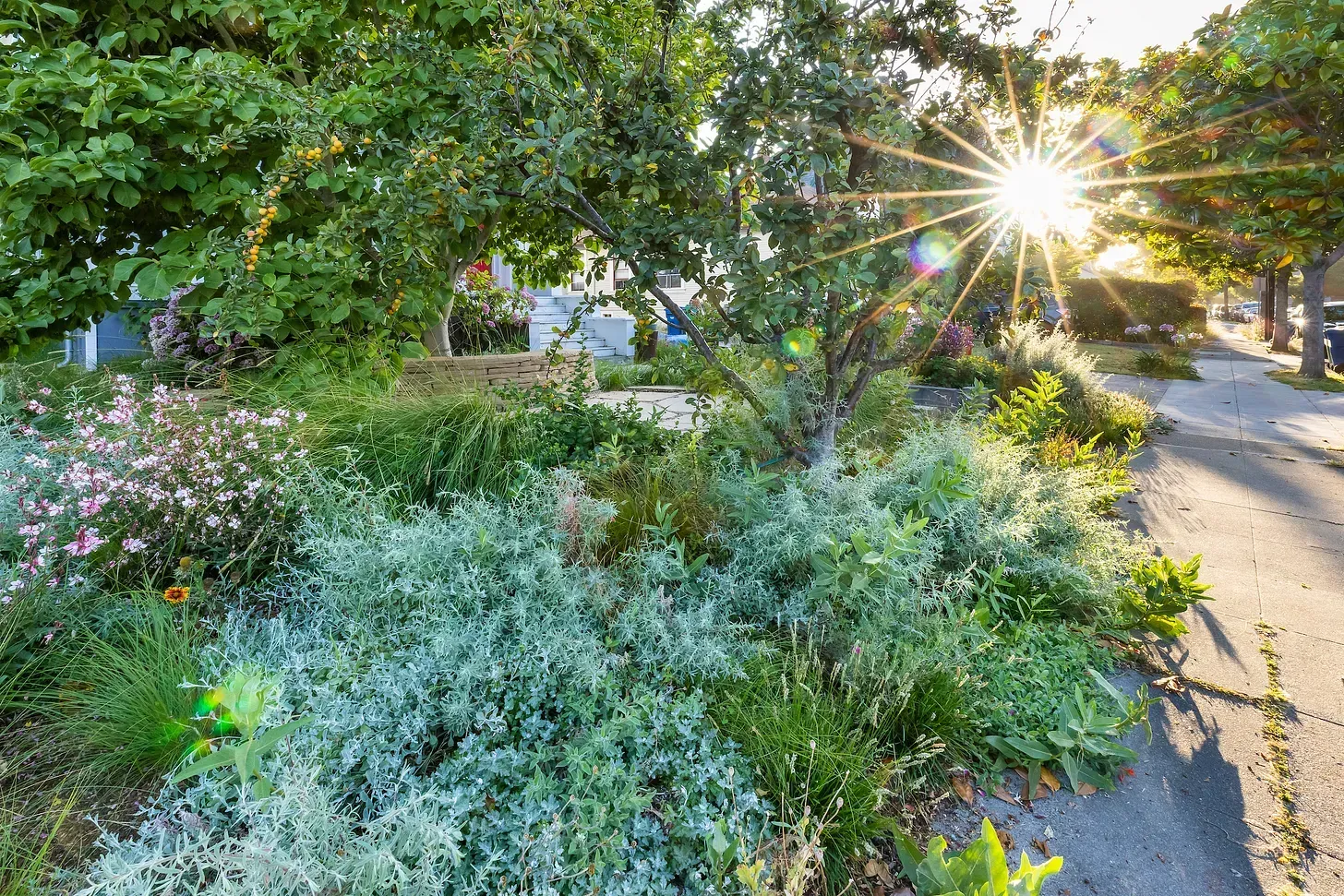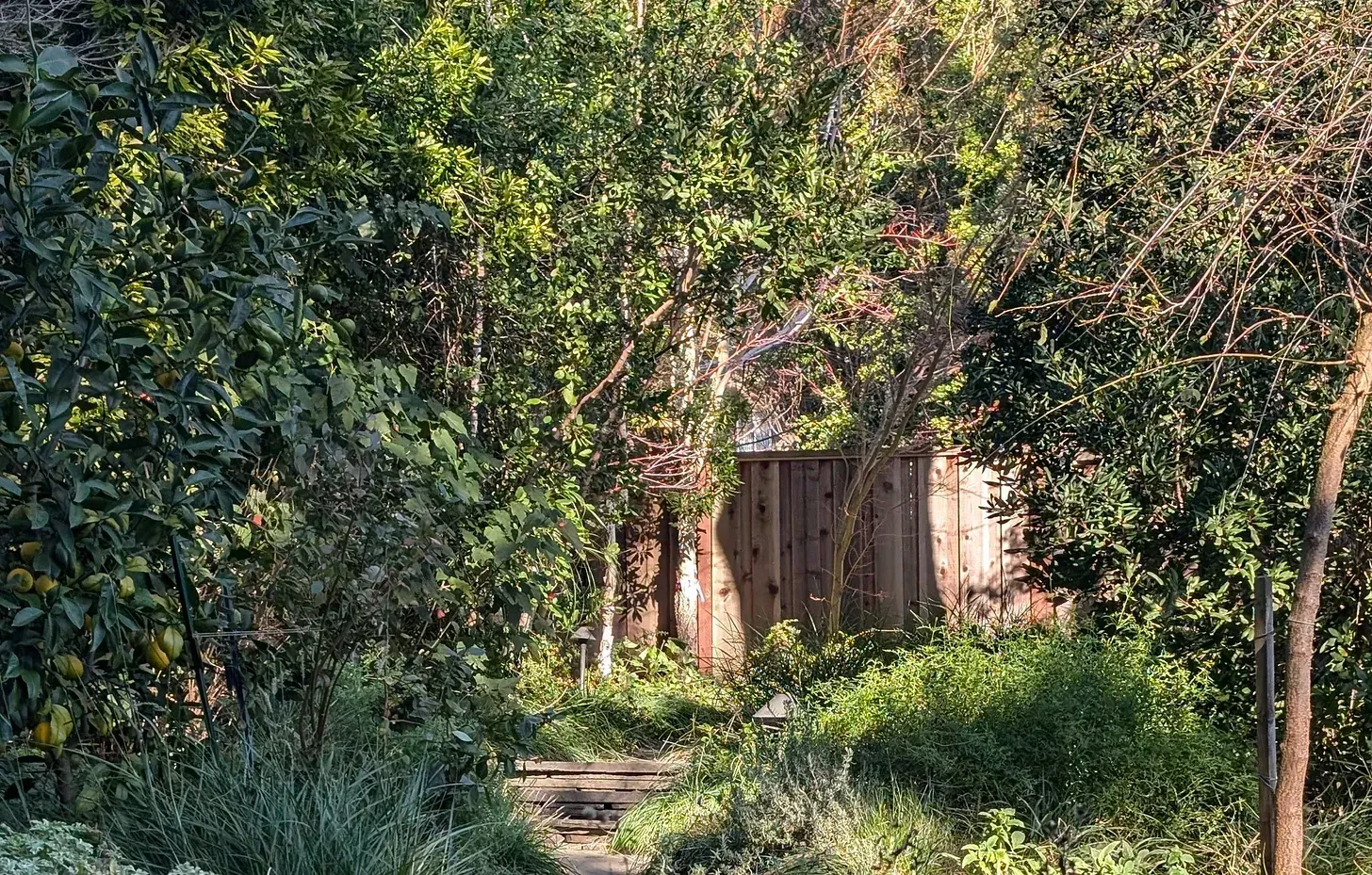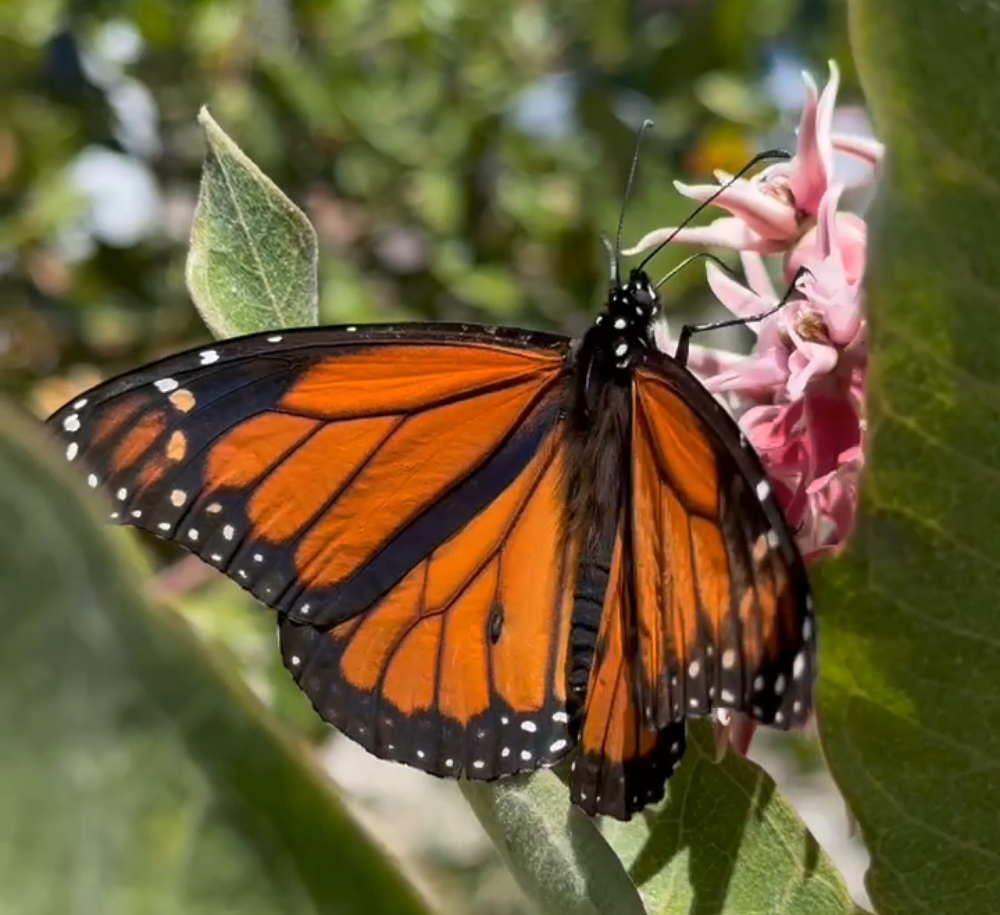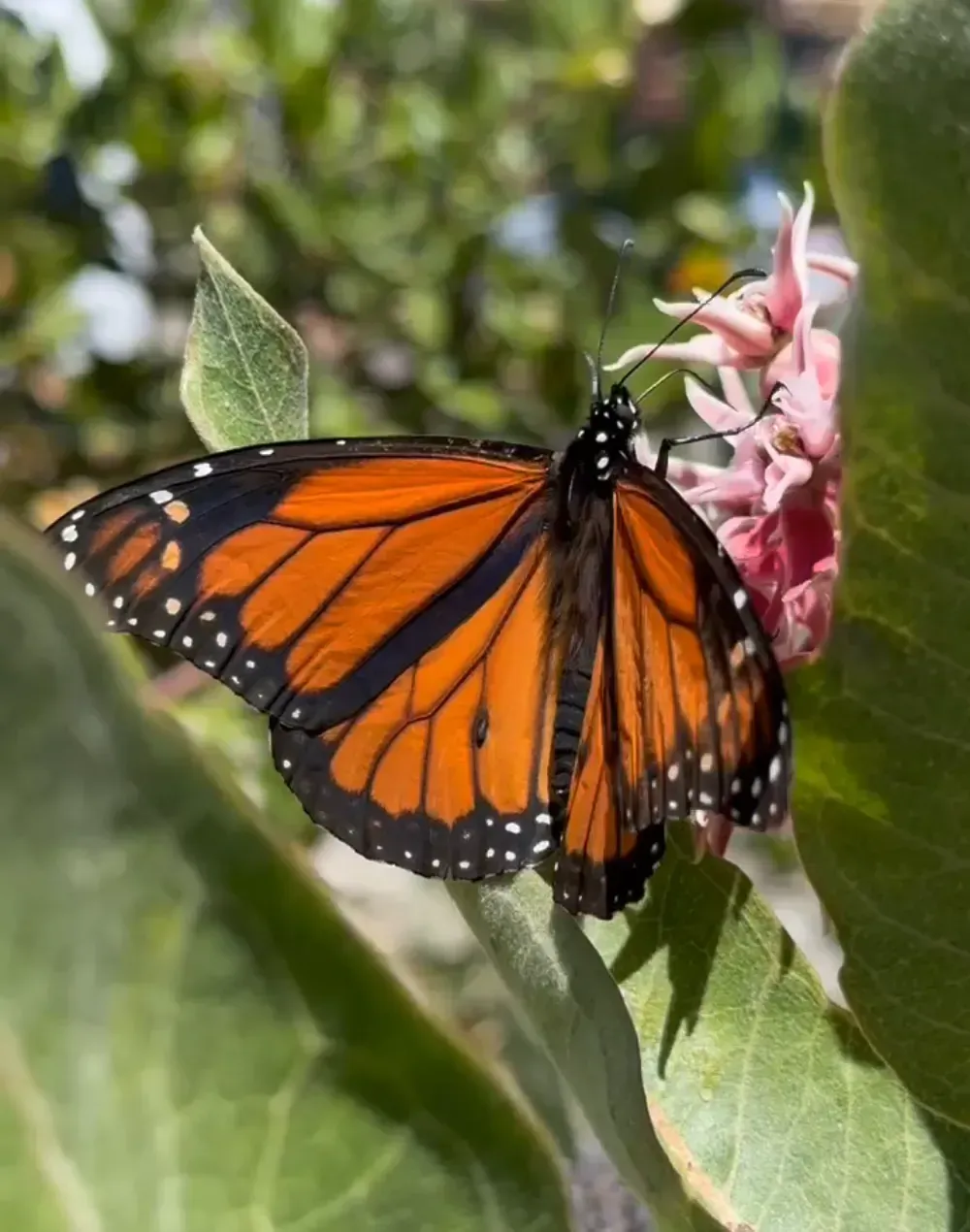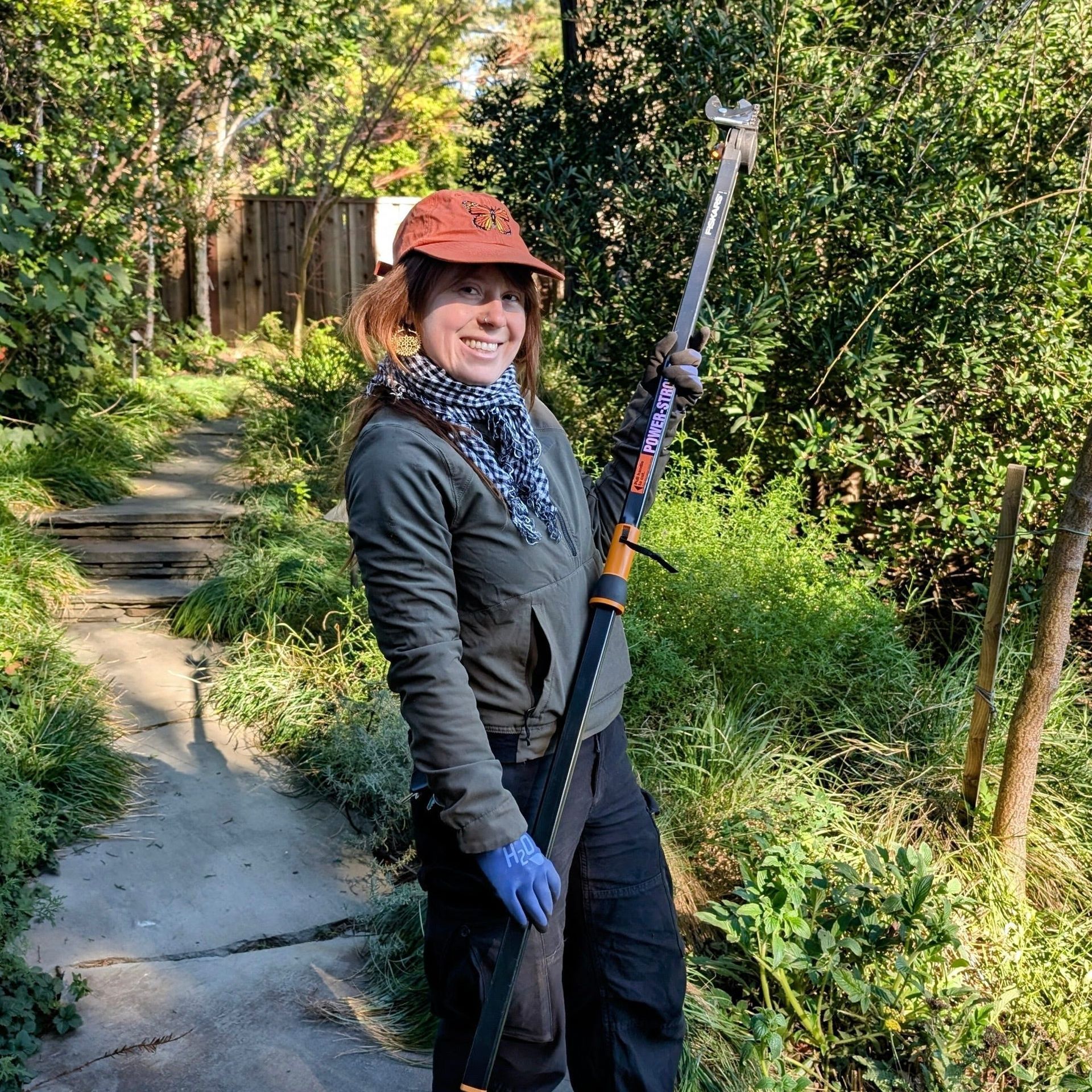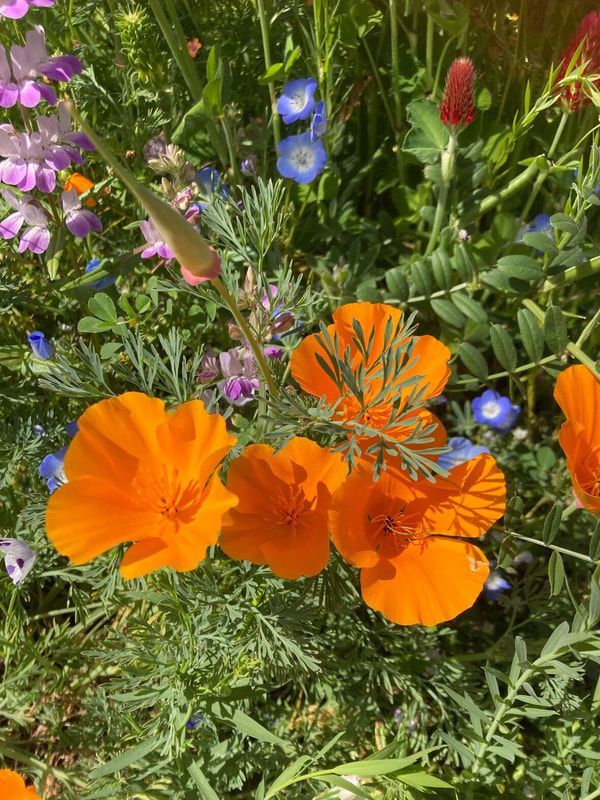MONARCHS HAVE NO BORDERS
“Love is like a butterfly: It goes where it pleases and it pleases wherever it goes.” — Anonymous

Each autumn, millions of Monarch butterflies set off on an incredible journey that spans thousands of miles, marking the turn of the seasons for those of us in North America, from Canada to Mexico.

Starting in September through early November, Monarch butterflies travel from as far north as Canada to their overwintering sites in Central California and Central Mexico. The Monarchs spend their winter together, clustered to stay warm. The eastern Monarch population spends the winter in Central Mexico, in the Oyamil Fir trees. The western Monarchs make a similar trip from the Western Rocky Mountains to the sheltered California coastal groves of Eucalyptus and Monterey cypress.

Despite decades of research, the Monarch migration still holds mysteries. The way that Monarchs navigate such great distances — generation after generation — continues to inspire awe and scientific curiosity.

The Journey of the Monarch
The Monarch butterfly has two different populations, the Eastern and the Western. They tend to divide east to west along the Rocky and Sierra Madre mountain ranges. Starting in March, eastern Monarchs leave their overwintering homes, following the bloom of the milkweed, their host plant, across their southern ranges to their northern reaches. Along the way, females lay eggs on fresh milkweed shoots, and new generations will continue their journey northward to Canada, following the emerging milkweed.

Monarch butterflies gather nectar, lay eggs, go into chrysalis and emerge again while spreading into the reaches of their northen range until October. That is when the final generation of the year, who are born with special reserves, will migrate south, to their warmer overwintering sites. Clustered together, high up in tall trees, adult butterflies go into a semi-dormant state. They are able to spend months in this state, depending on their lipid reserves, developed by gathering nectar from flowering perennials, such as yarrow, rudbeckia and echinacea. These and other late-blooming nectar plants offer an essential food source for a Monarch butterflies in autumn that will help them survive the winter.

Of the many things that Monarch butterflies have to teach us, among them is that nature has no borders. The journey that the Monarchs take is astounding. They have adapted themselves to be creatures of the planet. They intuitively know how to navigate over thousands of miles in order to find just the right place for the right time of year. They see the planet as their home and are able to expand their awareness to a very large geographical area.
If we acknowledge and accept ourselves as being a part of the natural world, rather than separated from it, then we can understand and imagine a world where borders are not determined by politicians, but by natural ecosystems. This understanding gives humans a greater level of compassion for one another. When we see ourselves as part of the cycles of nature, we expand our awareness of each other and develop tolerance for each other and the diversity that we all contribute to the planet.


